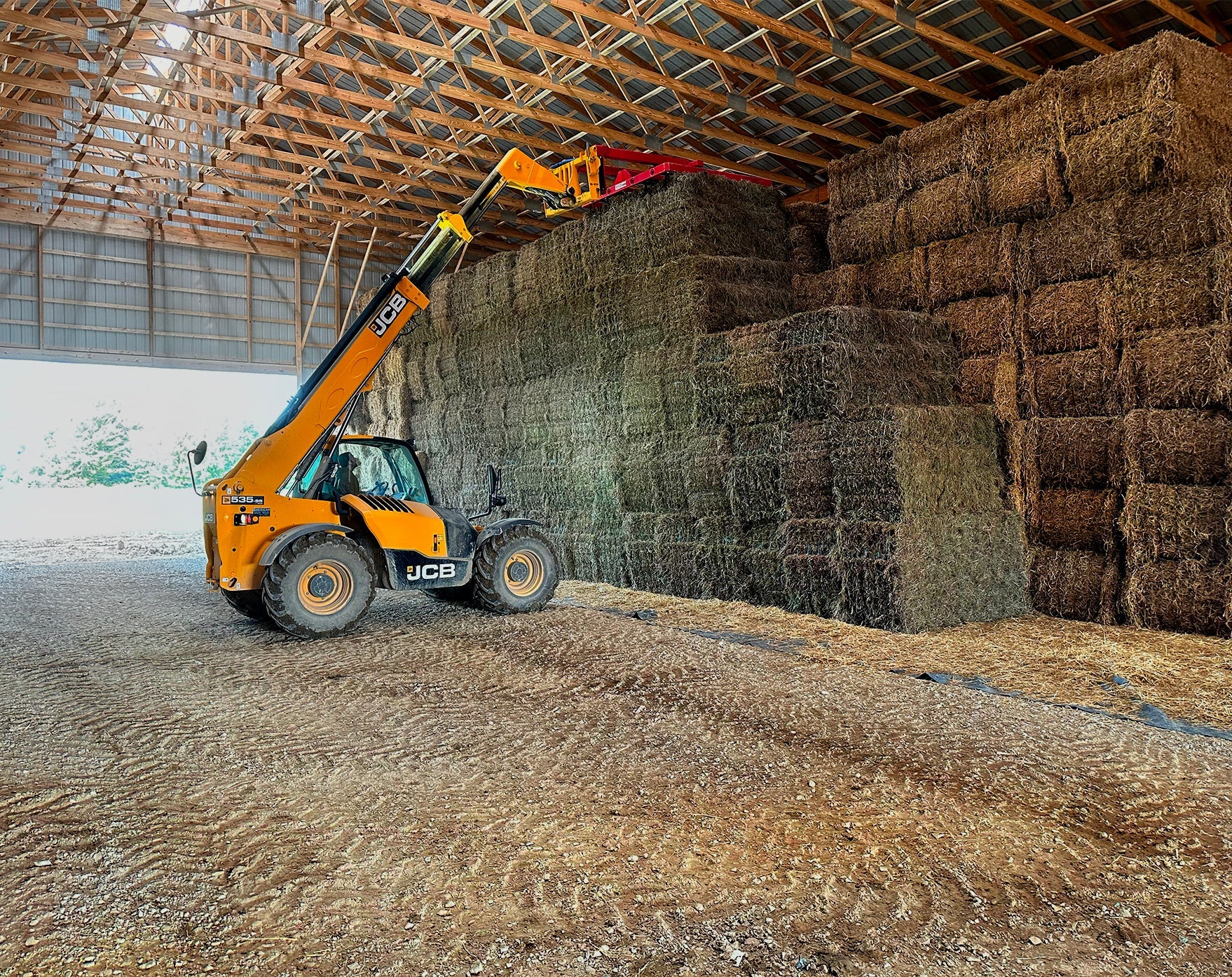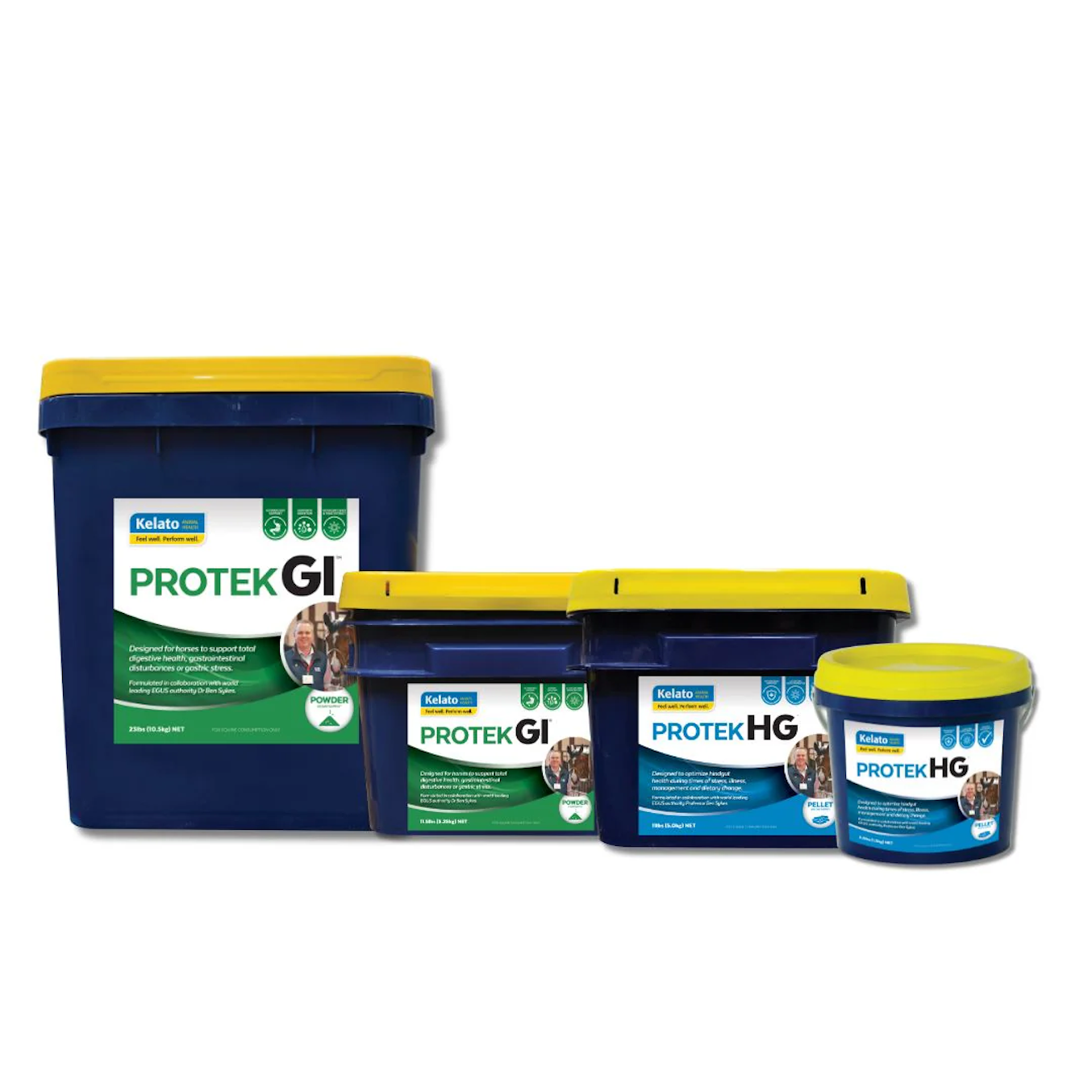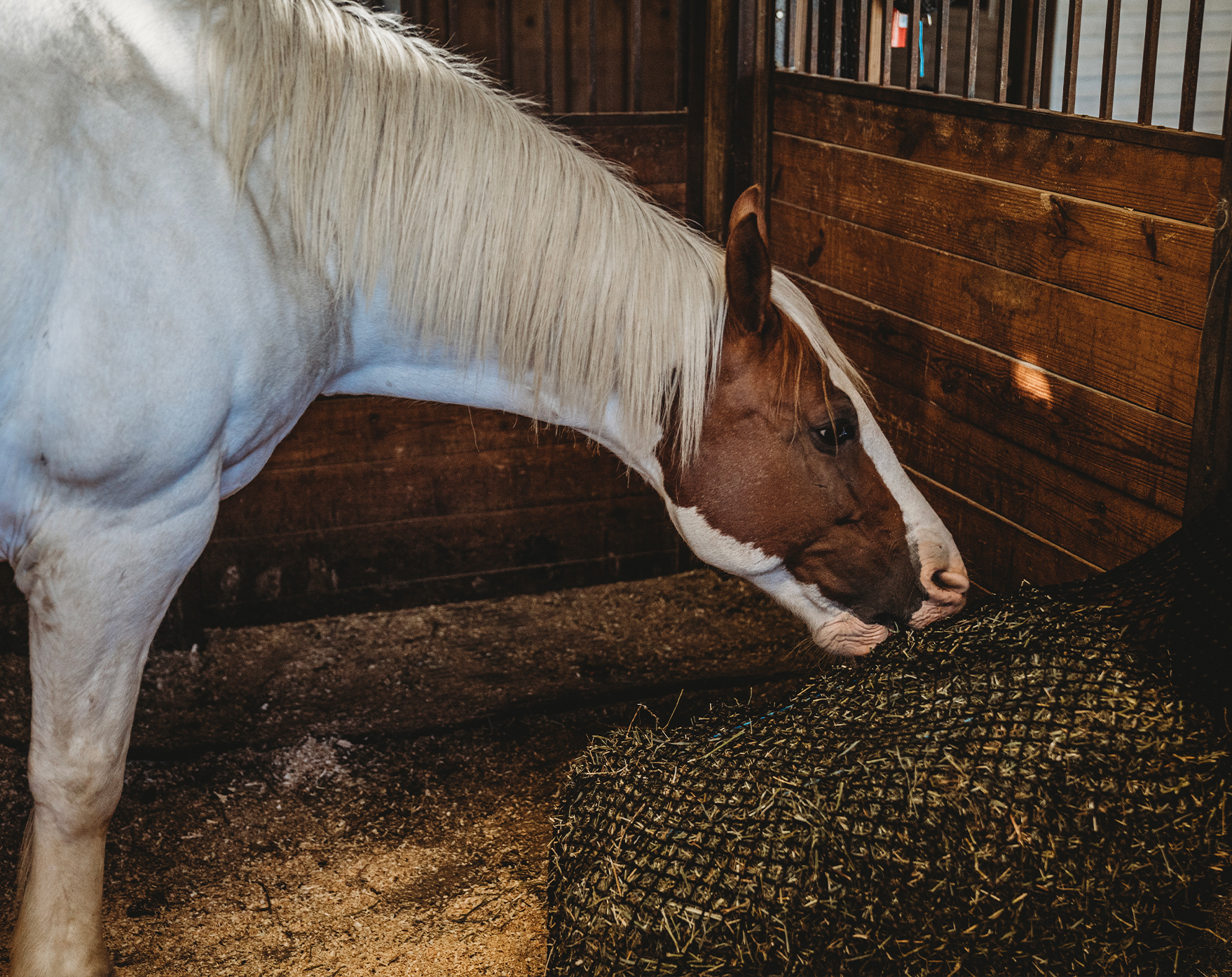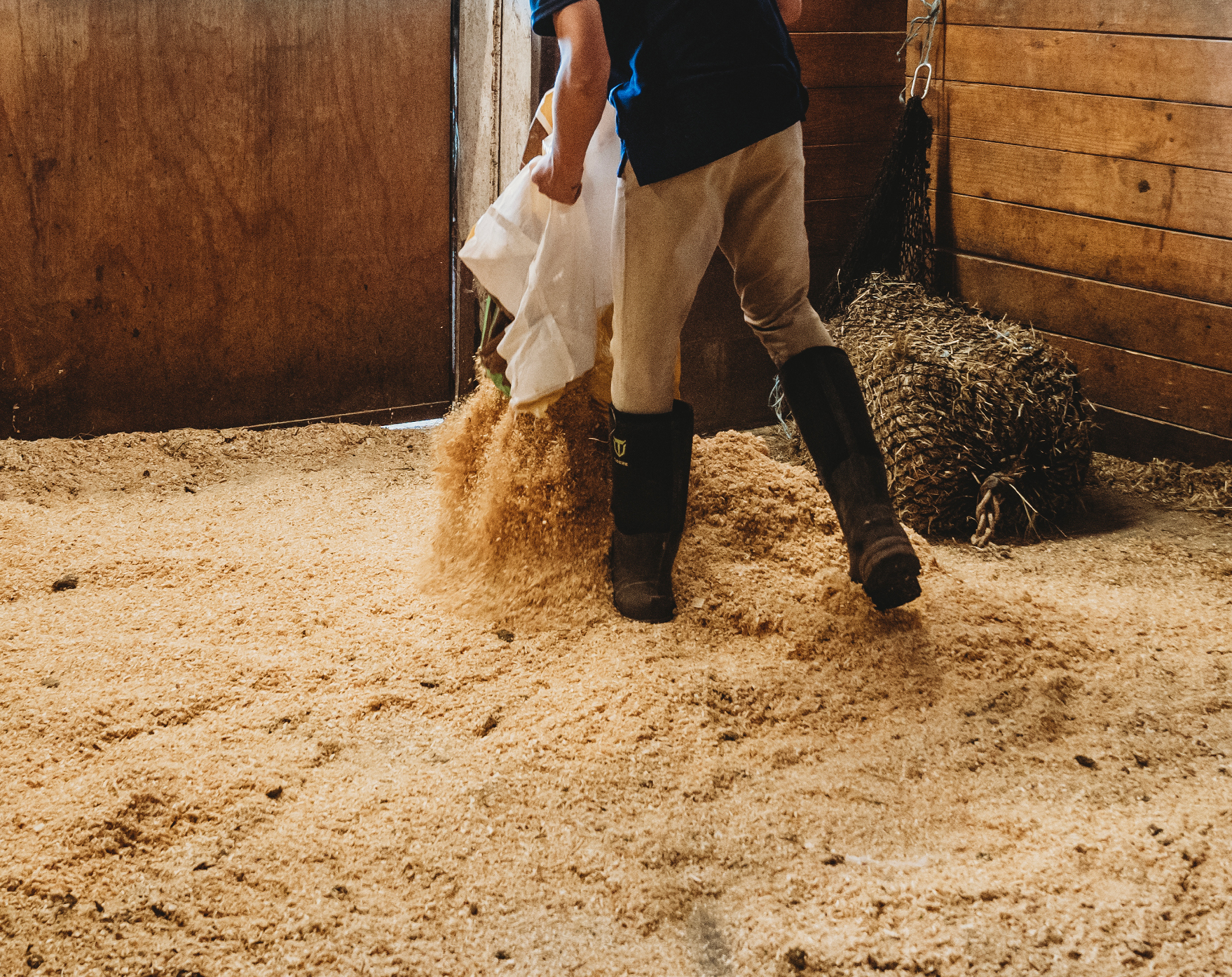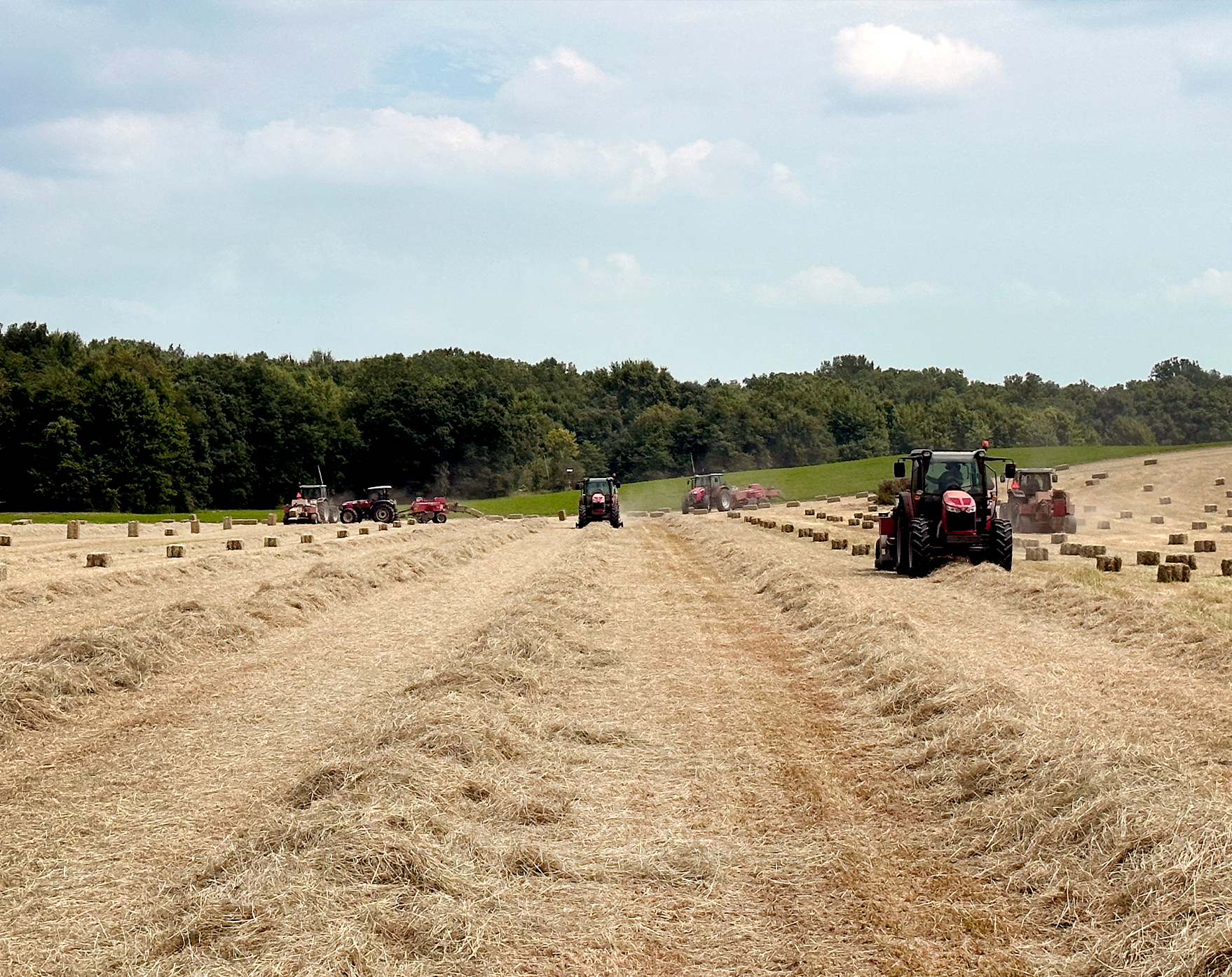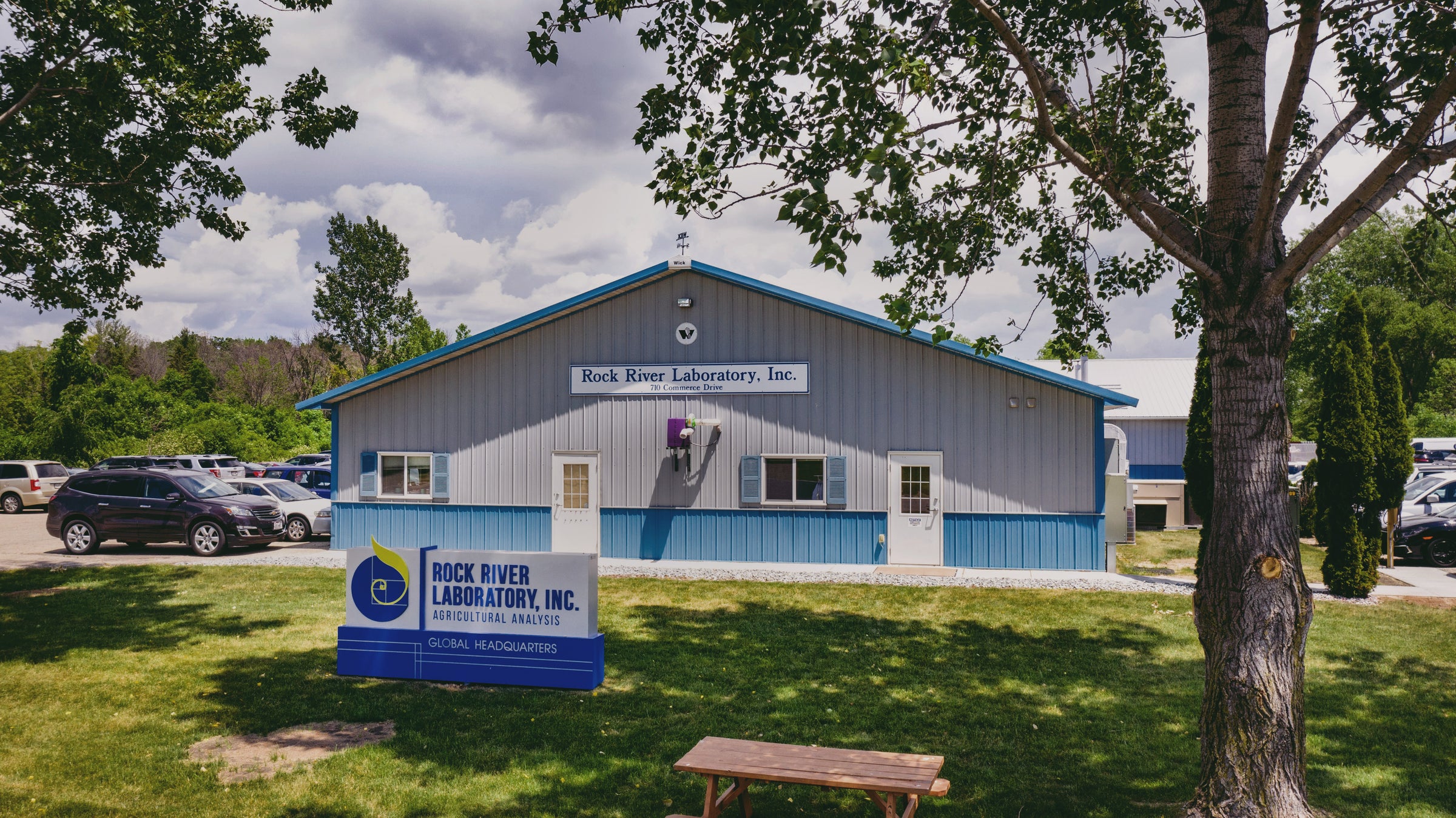
Sweet Grass Farm's hay analysis is performed at Rock River Labs
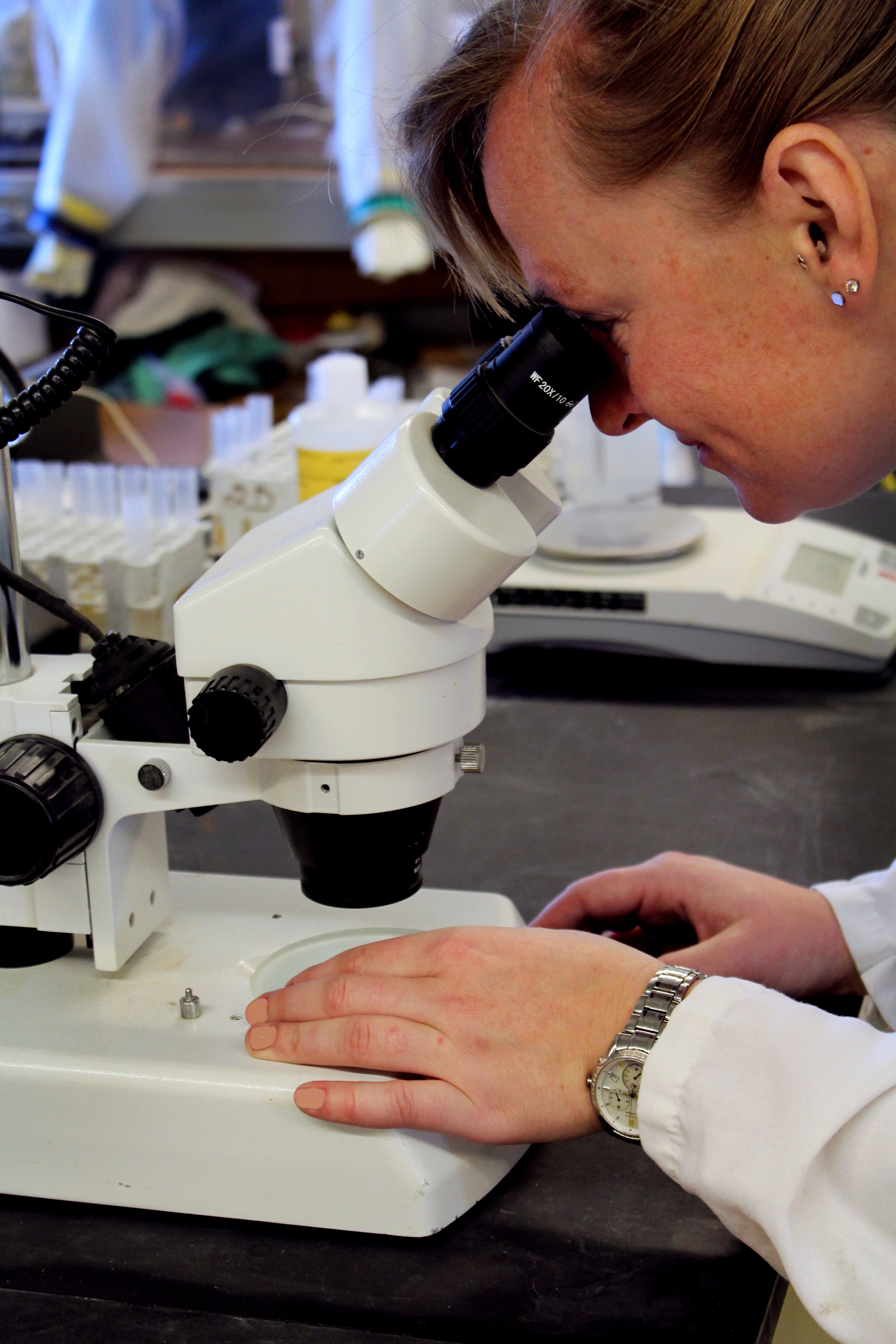
WHY WE USE RRL
Rock River Laboratory is a family-owned laboratory network providing production assistant to the agriculture industry through progressive techniques, research-supported analyses, and unsurpassed customer service. Rock River Laboratory has been serving the agriculture industry for over 40 years and is a NFTA certified forage testing lab.
WHY WE TEST HAY
Every animal has unique nutrient requirements based on a variety of factors such as breed, size, and activity level. In addition, nutrient content in forages and feed can vary based on a multitude of factors including growing conditions, geographic location of where it was grown, and the management practices of the farm. Feed testing allows us to better understand the concentration of nutrients in the forage and feed we are supplying to the animal. This helps ensure that the nutrients supplied more closely match the nutrient requirements of the animal. Feed testing gives information on key nutrients such as crude protein, fiber, starch, and sugar, as well as providing important information on the mineral balance of different feeds. All of this is essential in helping to ensure our animals' nutritional needs are met.
HOW HAY IS TESTED
Feed testing is often classified into two major categories: wet chemistry and NIR analysis. Wet chemistry analyses are completed using a variety of different physical, chemical, enzymatic, volumetric, and gravimetric techniques to measure core nutrients, vitamins, minerals, or digestion of feed and forage samples. Wet chemistry is the backbone of nutritional analysis, however extensive wet chemistry analyses can be costly and time-consuming. In NIRanalysis a reflectance instrument is used to bounce near-infrared (NIR) light off the sample.The reflected light is measured by the machine, creating a graph that looks like a roller coaster, with wavelength on the x-axis and absorbance on the y-axis. From there The nutrient and digestion values for the sample are measured (predicted) and the absorbance measures are related to nutrient and digestion properties for the sample. The NIR instrument must be calibrated (validated) against wet chemistry nutrient and digestion measures.
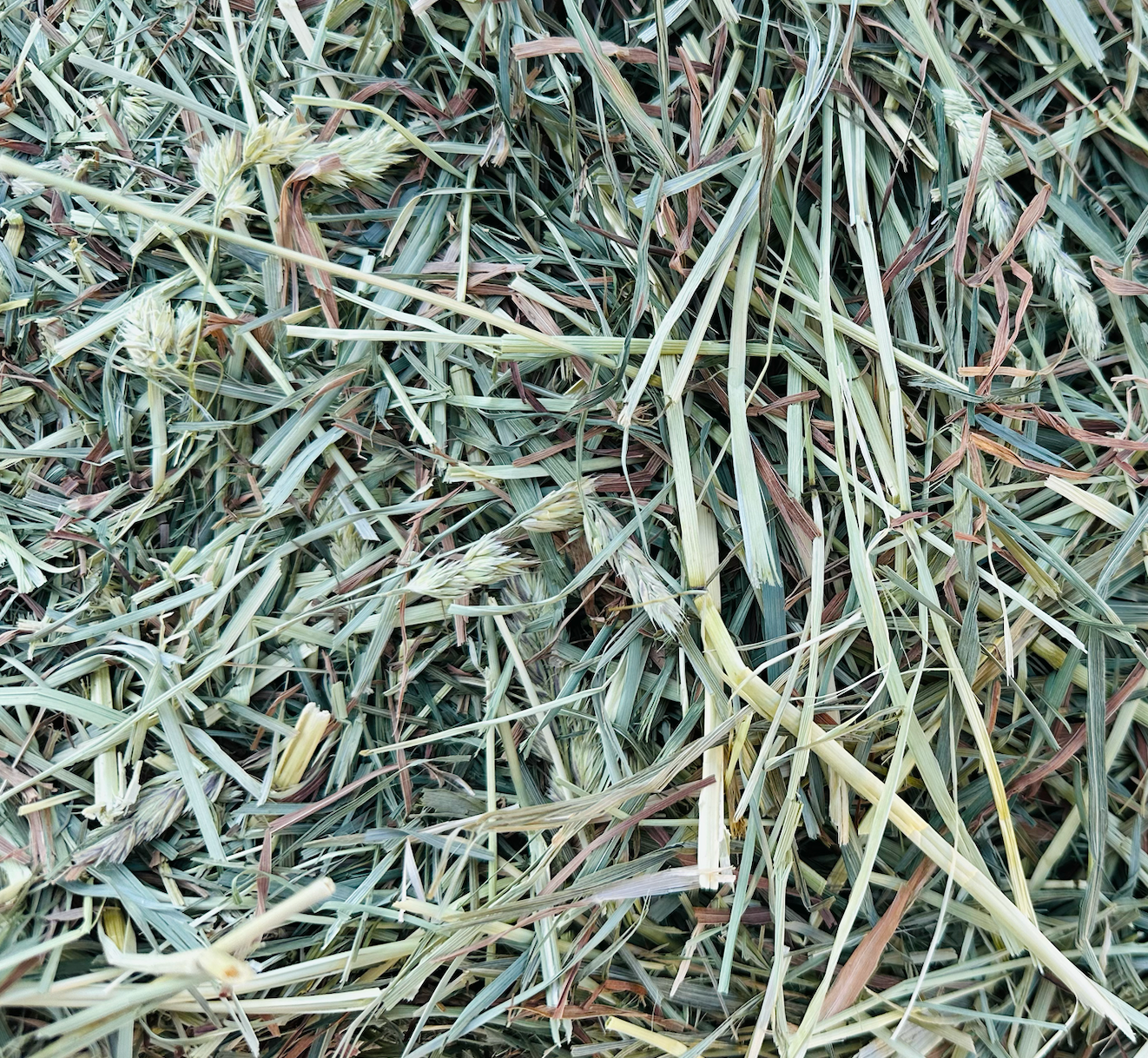
We Test
We Consult
We Deliver


